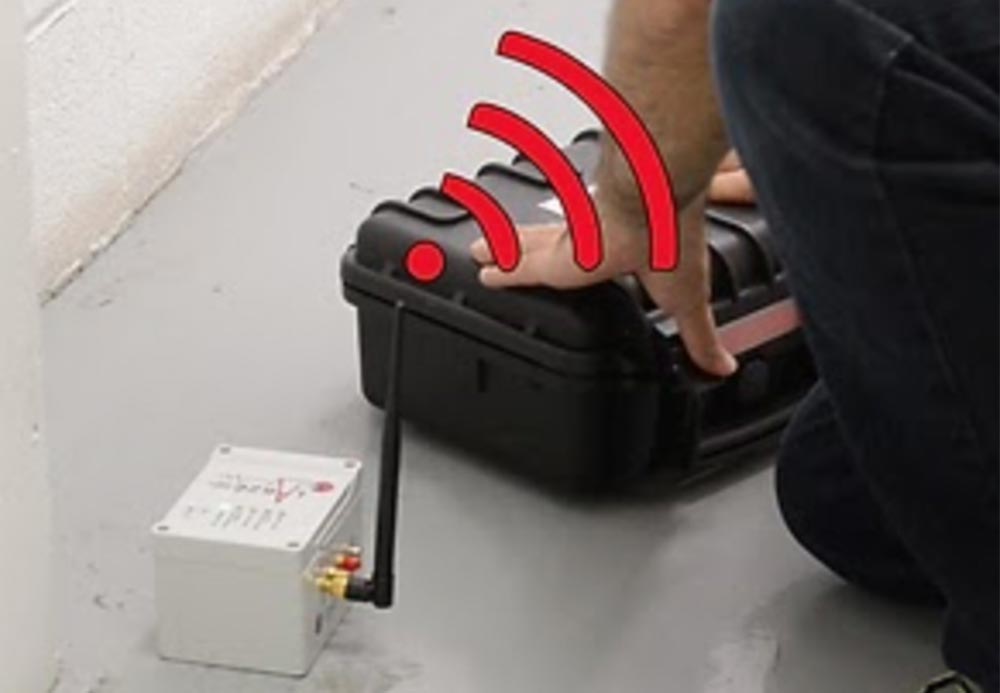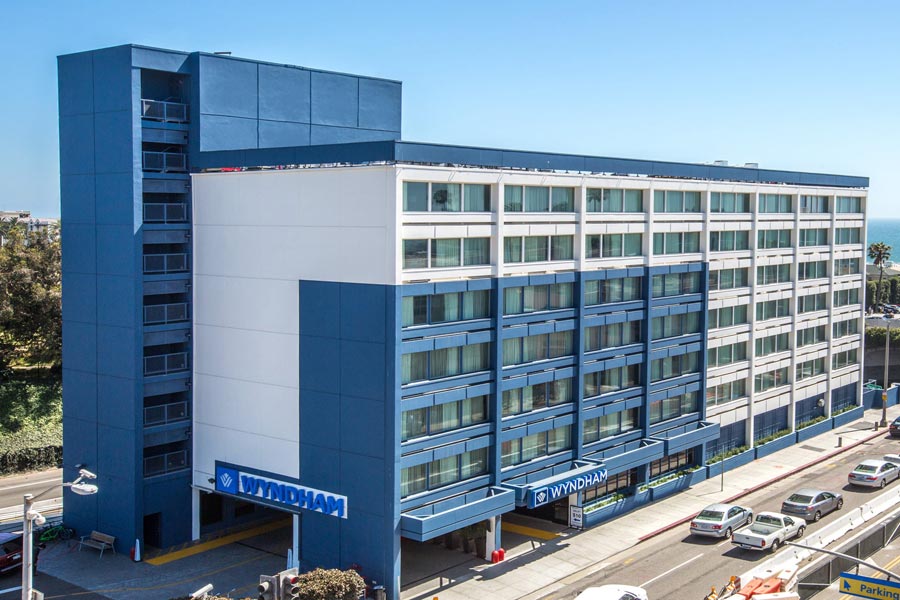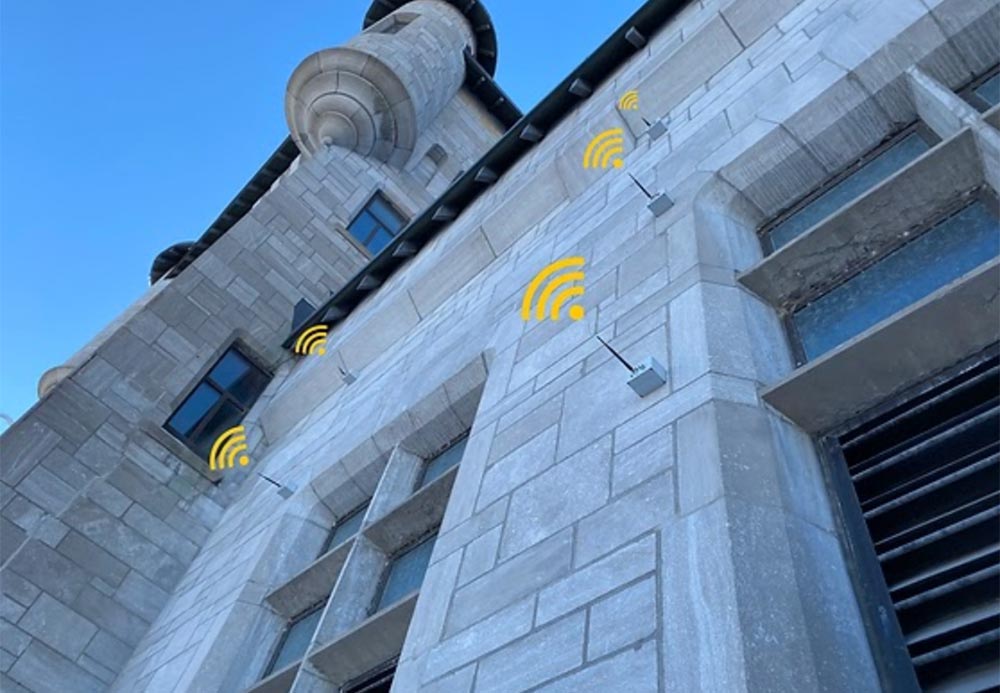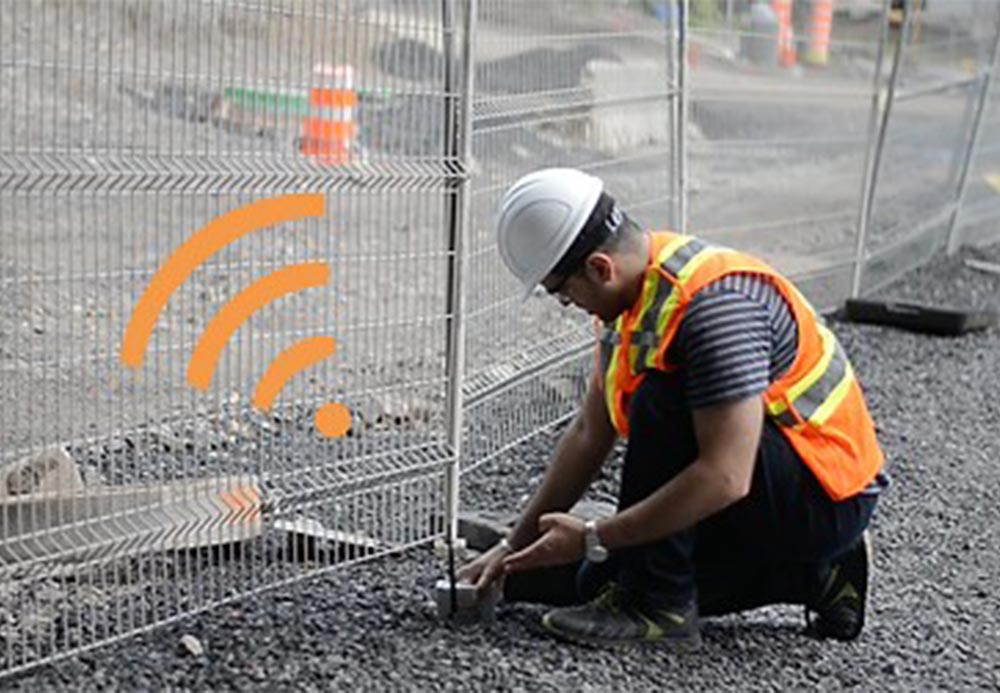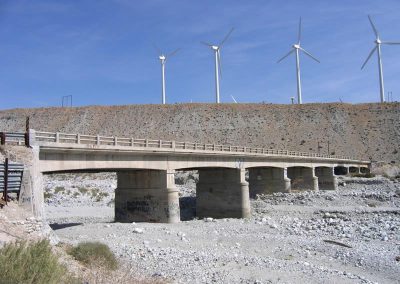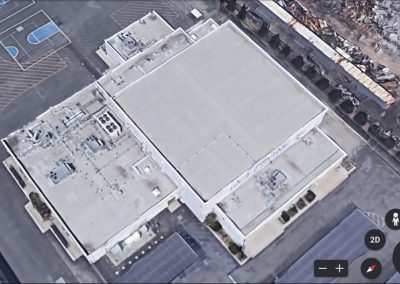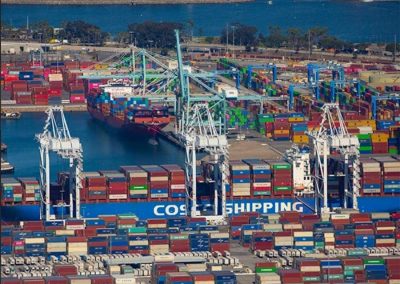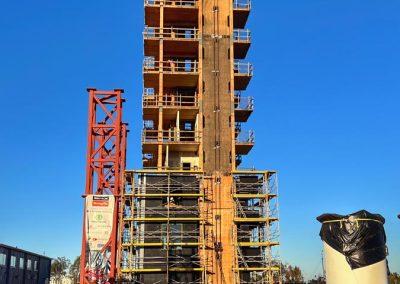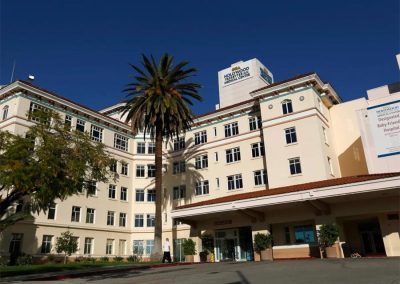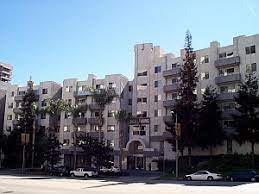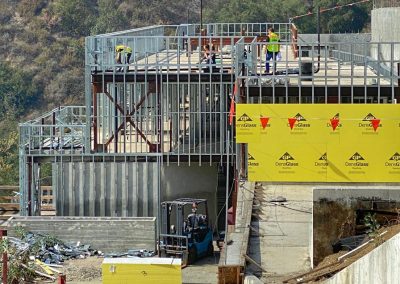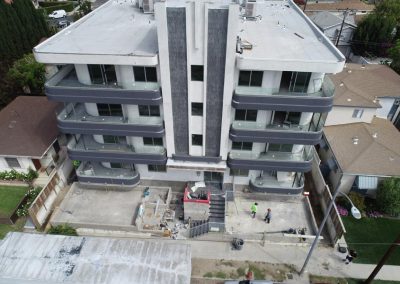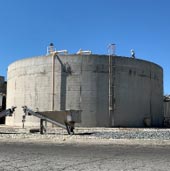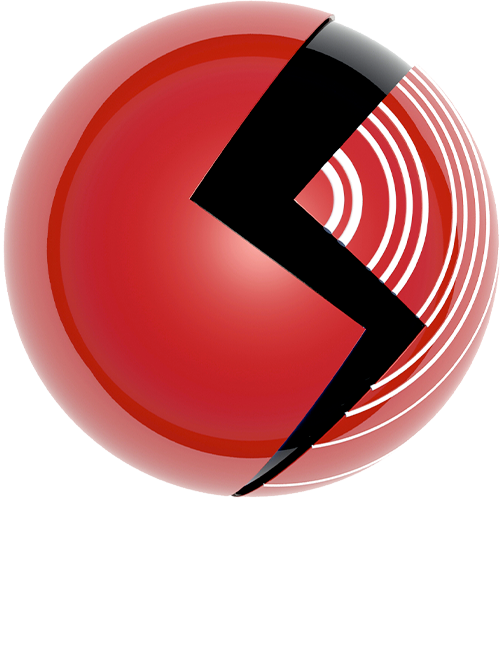
Using state-of-the-art sensing technology, we can analyze your structure and get the information and analysis you want. This method has already been used to analyze multiple landmark buildings throughout North America. Working in partnership with Sensequake™, we can provide:
SIMPLIFIED BASELINE
• Simplified ambient vibration test
• Derivation of main modes, natural frequencies, mode shapes and damping ratios
• This test creates a baseline that may be used for future comparisons and structural health monitoring
COMPLETE BASELINE
• Accurate natural frequency derivation
• Mode shape rendering and damping ratio derivation
• Accurate derivation of higher modes and torsional modes of irregular structures
• This test creates a baseline that may be used for future comparisons and structural health monitoring
• Detailed report of findings by our team of experts
SEISMIC ANALYSIS
The calculation of global seismic demands based on time history analysis without finite element models including:
• Generating ground-motion time histories
• Response histories such as drift ratios, displacements, accelerations, forces, base shear and overturning moments at any location and direction on the building
• Calculations of maximum global seismic demands along the height of the building for the desired number of ground motions
• Modifying ambient vibration modal properties and converting them to the higher shaking level modal properties based on Sensequake proprietary databases
• Displacement and acceleration response spectra at any location in the building
• Determining the static force to design non-structural components
GLOBAL LEVEL SEISMIC DAMAGE PREDICATION
Comparing the global seismic demands with the damage thresholds of various standards and codes:
• Global seismic evaluation of structural components based on HAZUS and ASCE 41-13 comparisons
• Seismic evaluation of drift-sensitive non-structural components such as infill walls
• Seismic evaluation of acceleration-sensitive non-structural components such as piping systems, suspension ceilings and general equipment
COMPONENT LEVEL SEISMIC DAMAGE PREDICATION
An in-depth, component-based analysis where the simulated seismic demands are compared to the FEMA P58 standards allowing us to quantify:
• Component-level damage severity
• Repair time estimations
• Expected repair costs
Rate building performance based on USRC and REDi guidelines and assess their expected level of seismic performance.
NON DESTRUCTIVE CONDITION ASSESSMENT
Our technology can be applied to highly specific projects:
• Assessing in-plane flexibility of building floors and roofs
• Specialized analysis for specific structural components such as joints to understand the true behavior of the structure
• Identify integrity discontinuity within structures or between structural blocks
• Evaluating the required net-gap between structural blocks to mitigate the seismic impact hazard
• Lateral stiffness derivation per story
• Detection of soft-stories
• Find resonance frequencies of floors and machinery to mitigate excessive floor vibrations
• Modal analysis of walls for blast-tests
PERIODIC MONITORING
After an in-depth baseline test, complete or simplified tests are done every few months, after a natural disaster, after retrofitting or during standard visual inspections. These are compared to the initial conditions to view any unseen changes in the structure’s integrity and detect damage
Complete: Full service tests examining the frequency, mode shapes and modal curvature
Simplified: Quick tests monitoring solely structural frequency at a reduced, competitive price
PERMANENT MONITORING
Permanent structural health monitoring solutions that can detect damage and assess integrity over time by monitoring the following:
• Simplified threshold alarms
• Structural frequency monitoring
• Deriving mode shapes
• Modal curvature comparisons
• Structural drift computation
• Feeding data into external or pre-existing systems
• Custom sensing parameters
VIBRATION MONITORING
The vibration test can be used to monitor any excessive vibrations. These can be run for long periods of time without direct access to electrical outlets and can be equally placed outdoors for no matter the use-case. This application can take the form of:
• Vibration monitoring of sensitive equipment
• Monitoring of ground-borne vibrations
• Determining the transfer mobility
• Measuring the building coupling loss
• Conducting impact tests near construction zones
SOIL CLASSIFICATION
Using Sensequake™, we can determine many parameters based on ambient vibration tests and our expert approach:
• Finding the resonance frequency of the subsurface soil
• Determining the fundamental site period
• Estimating the mean shear wave velocity of the uppermost 30 m
• Depth of bedrock
• The site classification and ground profile name
• By using the H/V technique: microzonation maps


